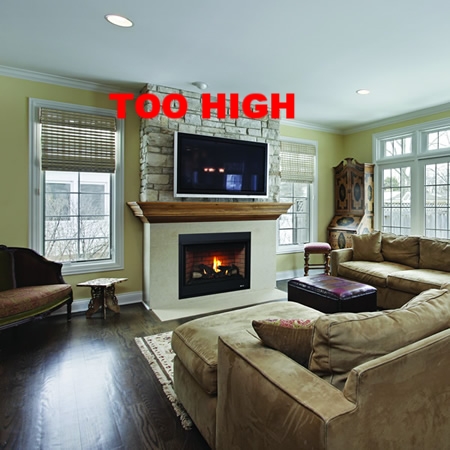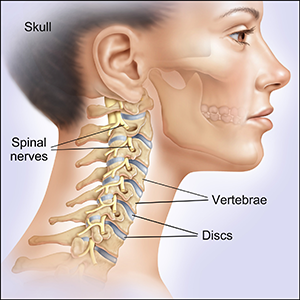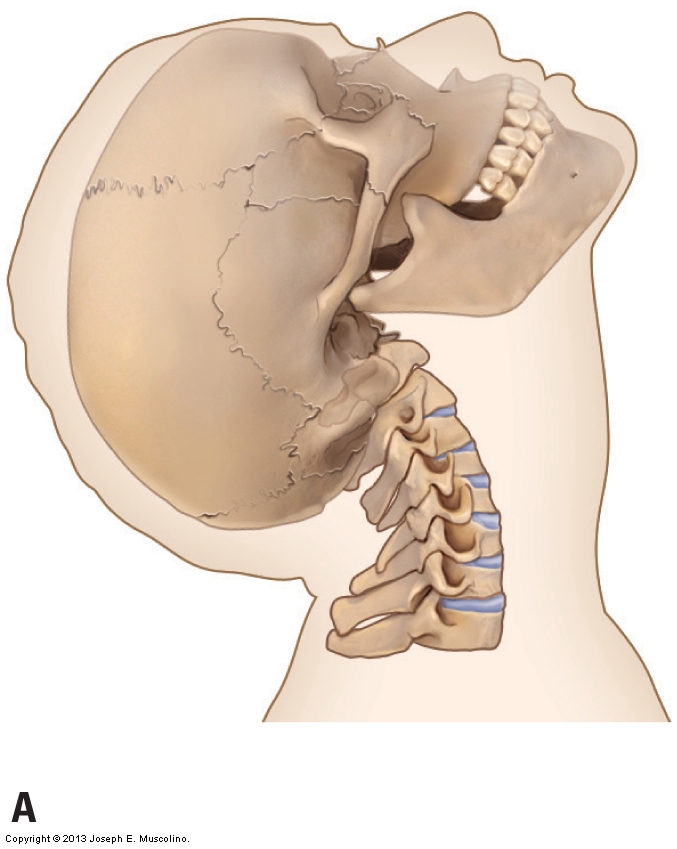Is your TV too high?
Now that TVs are so light and flat, many people mount them on a wall for a neat appearance. I've been asked by a number of friends and family: "How high should I put my TV?"
The right answer is - the middle of the screen should be a bit above your eye level when sitting on the couch. Here's how we do the math:
A typical seat height for a couch is about 19 inches. This is roughly equal to the popliteal height of a tall male (popliteal height is the distance from the floor to the back of the knee*)
Add to that the sitting eye height of the tallest female (about 31 inches above the seat*). We choose the female and not the male since looking up is harder on the neck than looking down, so it's better to err on the lower end.
19 + 31 = 50 inches
Therefore, my general recommendation is to set the middle of the screen no higher than 50 inches from the floor.
Most people put their TV much higher than that.
So what?
When you put your TV too high (as in above your fireplace to make the most of your space - which by the way, puts the screen 20-30" higher than I've recommended), you have to tilt your head back to look up at the screen while watching your shows. This posture is called cervical spine extension and it's pretty bad for your body.
Prolonged exposure to this posture can strain your muscles and it puts uneven pressure on the intervertebral discs, which can eventually lead to pressure on the spinal cord. Or if nothing more, you may just end up with headaches from tight muscles on the back of your neck at the base of your skull. All bad. All around.
Really, the only way to get away with having your TV mounted that high is if your room is really big or deep so you sit really far away. Here are some guidelines for how far you should be from your TV, based on the size of the screen. The further you sit from the screen, the higher it can be due to the geometry of your reclined torso angle on the couch : the screen distance from eyes : the height of screen. Even so, the above-the-fireplace thing is rarely a good idea for your neck. If you've ever tried it, you've probably felt what I mean.
*These numbers are associated with a set of data called anthropometric measurements. These data are available for the 5th (the smallest), 50th (the average) and 95th (the largest) percentile of both males and females. Within a group of people, designing for the 'average' size leaves most people with the short end of the stick. Therefore when designing for humans, the following rule ensures the best fit --




